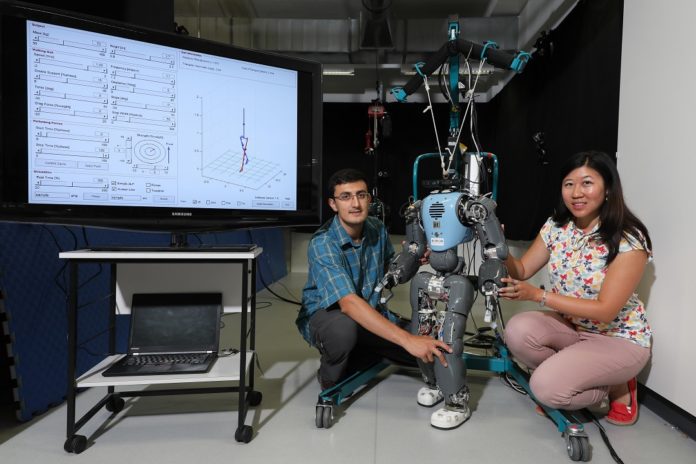By studying eight gait parameters, EPFL scientists have come up with a sophisticated avatar-based software program that looks at how people walk in order to predict their energy expenditure. The software uses an avatar to predict how much energy people use when they walk depending on their walking style.
Users can configure this avatar, a torso equipped with two legs with feet, by entering their height and weight. They also can set the walking speed, the distance between their feet and foot lift along with the incline of both the torso and the ground. They can likewise include mass and reproduce the impact of being pushed or pulled at various parts of the body. The number of calories consumed and the vitality utilization is shown progressively at whatever point the parameters are changed.
Amy Wu, the study’s other co-lead author said, “This pioneering software drew on a number of experiments appearing in recent literature, and it offers a huge number of potential applications – especially in the medical realm. The software could be used to select the best design for an exoskeleton or a custom prosthetic, in order to reduce the user’s effort. With a wearable exoskeleton, for example, we could optimize the location of the battery and actuators, or determine the ideal walking pattern for the user’s preferred speed.”
“The software could even determine where a backpack should be worn in order to minimize energy expenditure. “If, on the other hand, your goal is to burn calories, the software could be used to find a series of movements with a high metabolic cost.”
Salman Faraji, the co-lead author said, “The way humans walk is extremely complex. The level of control required is a huge challenge for humanoid robots, which often don’t get it quite right. We have a long way to go before we really understand all the parameters that go into human, animal and robot locomotion.”
Scientists have reported this study in the Scientific Reports.
It can be tested online through a downloadable app.
